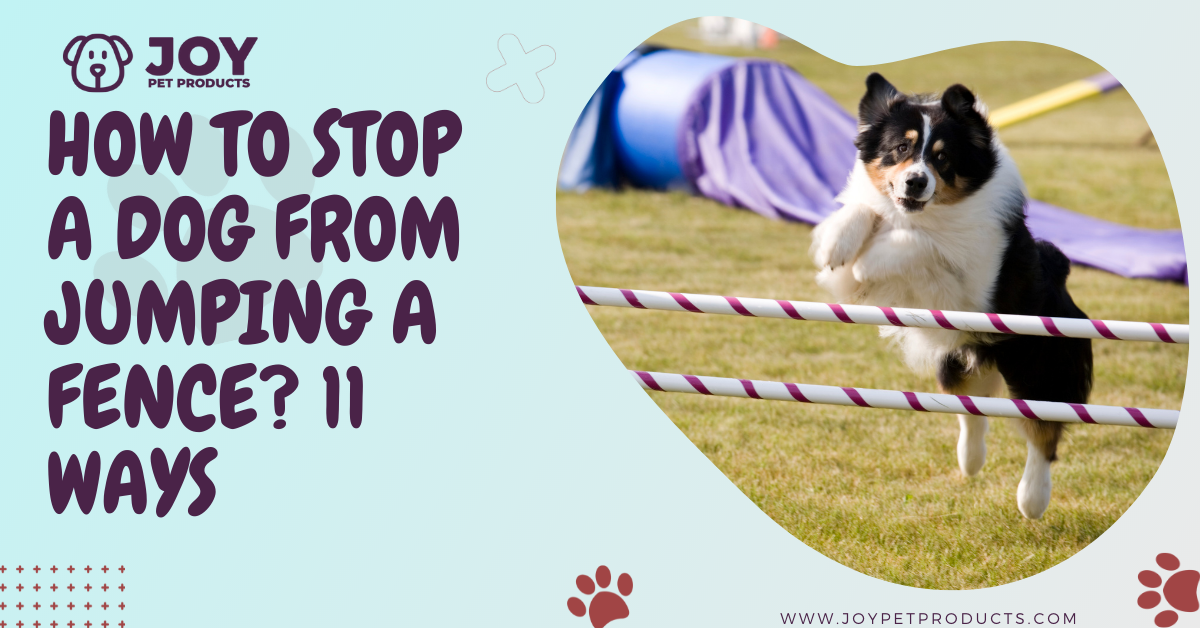The phone rings, and it’s your neighbor complaining about how your dog crossed the fence again. Or worse, you find your little pup on a sidewalk near home while returning from work while it should instead be nestled in their beds at home.
Is your best friend a bit of a mischief-maker? Maybe he’s a fence-climbing escape artist, and you’re at a loss for what to do. Well, it’s time to learn how to stop a dog from climbing a fence because the streets are a terrible place for an unprotected pet. And we fully understand your worries!
Various reasons can cause dogs to jump the fence, and there is no denying that. The urge of your dog to roam around or the myriad attractions that entice it away cannot be controlled. But you can enhance your fence to prevent your dog from scaling it.
Before you learn to do that, however, you must understand why dogs jump a fence.
WHY DO DOGS JUMP FENCE?

In general, dogs jump fences to get away when they struggle with settling in a new environment, like shifting to a new house. In this case, your pet is uncomfortable. Another issue could be when they are confronted with a newly fenced backyard. The dog sees the fence as the only minor stumbling block between them and their dream of running around freely.
Here are some other reasons why they might be tempted to escape:
1. Companionship or Mating
Hearing another dog close by or recognizing a dog in bloom are both excellent reasons for a dog to flee and search out some other canines. This occurs more frequently in male dogs who have not yet been neutered. If your dog hasn’t been neutered yet, make an appointment right away.
Dogs’ lust for a mate drives them to jump over a fence. Neutering surgery is well worth the effort, especially for dogs who have been compelled to leave the yard in quest of “true love.”
2. Boredom or Loneliness

When dogs are left alone in a yard for an extended period, they become bored or lonely. What if a dog isn’t getting enough attention, either from you or the rest of your family? And does your furry friend get enough exercise?
If your answer is affirmative in either of these, you know what to do to prevent your dog from jumping a fence. Give them plenty of recreational activity and engage with them regularly, and they’ll be fine!
3. Protection
One reason could be that you live in a bustling area or you have noisy neighbors. In this busy scenario, your furry little friend possibly is trying to keep intruders out of the place they consider their own.
Dogs are territorial and protective of their surroundings. They can often jump the fence to scare off people they consider to be intruders. Moreover, they might even view some people as a threat without reason, which is why they might cross the fence and try to protect themselves and their owners.
4. On the Lookout

Several breeds of dogs have a natural desire to seek and prey. In suburban settings, this is usually evident when rodents, kittens, or birds breach their territory. Dogs will frequently jump a fence to pursue a hunt, confident that they will capture the rogue if they do. However, this is a rare occurrence.
TOP EFFECTIVE ELEVEN WAYS THROUGH WHICH YOU CAN STOP YOUR DOG FROM JUMPING THE FENCE
Now, as you have known the primary reasons why your dog jumps a fence, here is how you can stop it from jumping over. These methods are effective. You don’t have to worry the next time you are not closer around or somewhere out, leaving your dog behind you in your home or yard premises.
1. Installing an L-Footer
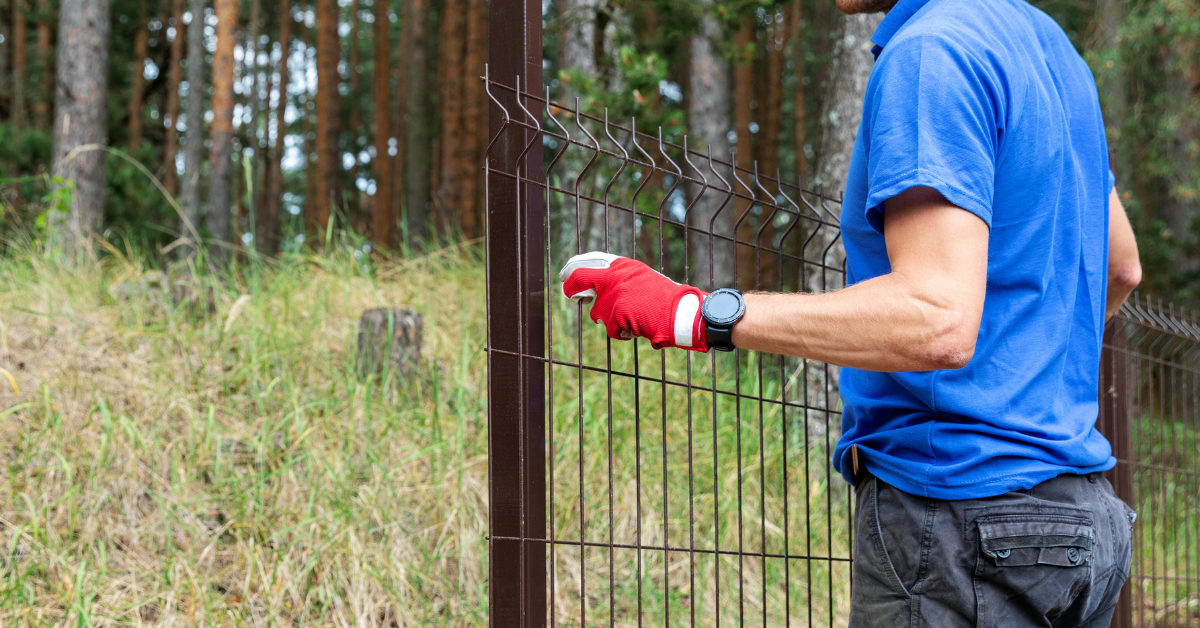
When utilized in a specific way, an L-footer can be a terrific technique to keep your pet from going over the fence. You will naturally want it to be installed upside down at the topmost part of the fence. Instead, fasten the short side of the fence to the top of the gear and angle the rest toward the backyard so your dog can see the fence when they glance up at it.
This is a highly successful method of keeping your little buddies contained in the yard since they will not attempt to jump if they know there is an obstacle in their way.
2. Adjust Fence Height
Fence extensions are indeed the right solution if your dog gets a kick start and simply soars over your fence. It will also benefit dogs who jump and climb too much every now and then.
Instead of an L-shaped barrier, form a 45° barrier from the top of your fence, pointing toward your backyard. The L-shaped addition might be helpful for certain dogs, but if it isn’t long and sufficiently strong, dogs can leap over it, possibly injuring themselves.
3. Train Your Dog
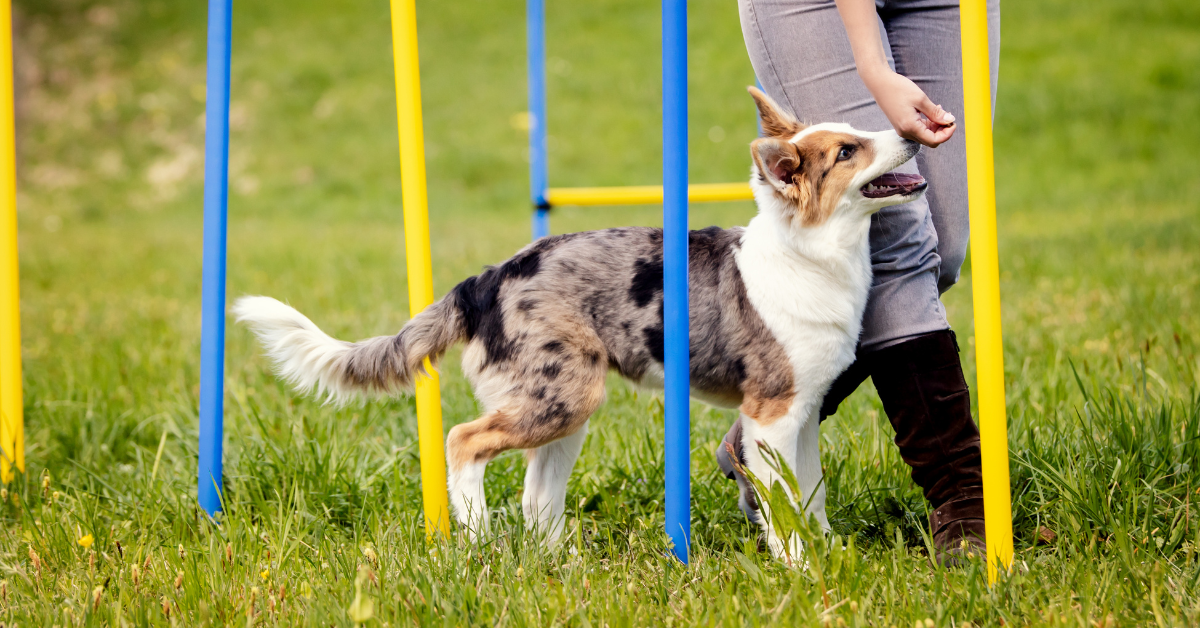
You might not believe it, but your dog is much more intelligent than you think. Training your dog to stay away from fences you have installed is feasible. Training your pet is undoubtedly time-consuming and will take a lot of effort.
The best approach is to teach your dog that trying to jump over the fence will result in adverse results. A hard pull on the dog’s collar, a blaring aggressive sound, a weak electrical shock, or merely your non – acceptance could be the repercussions. And if dog training is something you are not sure about, you can consider hiring a professional trainer.
4. Use a Second Barrier
One of the significant reasons several dogs can climb over high fences with ease is getting an excellent running start. This momentum is what allows them to leap over the fence.
The trick is to install a second lower fence behind the main one. Your hyperactive furry boy won’t be able to get a solid head start and jump high enough above the main fence. A good height for this smaller fence is 3 feet. But for larger dogs, it can be a bit higher.
5. Invisible Fencing Helps
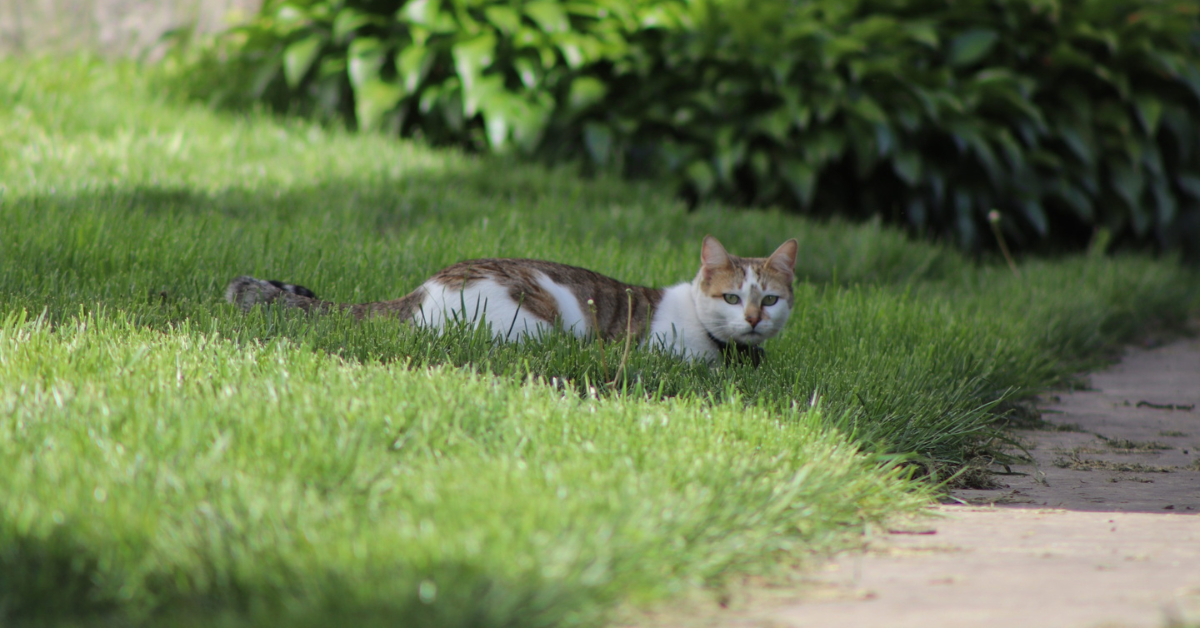
Sounds miraculous, right? Well, it isn’t really. An emitter, a reception collar, and an underlying wire are used in such devices. Whenever the dog passes the specified threshold, he receives either a cautionary buzzer or a mild correction jolt, based on how you design it.
There are many similar designs to pick among, but people mostly use the above mentioned. They could be used for multiple dogs, with the controls for each dog managed separately.
6. Trees As a Second Fence
Dog owners can also try out this green and effective method. Plant a few more trees or shrubs in front of the main fence. Doing this will accomplish the same goal as installing the second fence. However, if the trees and plants do not get ample time to grow, your dog may possibly kill them.
Whilst it’s not a quick cure for everybody, this can be beneficial in the long run after plants reach their maximum growth. With time, well-placed trees can also conceal various break-free devices.
Plant prickly shrubs or strong and durable trees. These work best as second fences.
7. PVC Piping
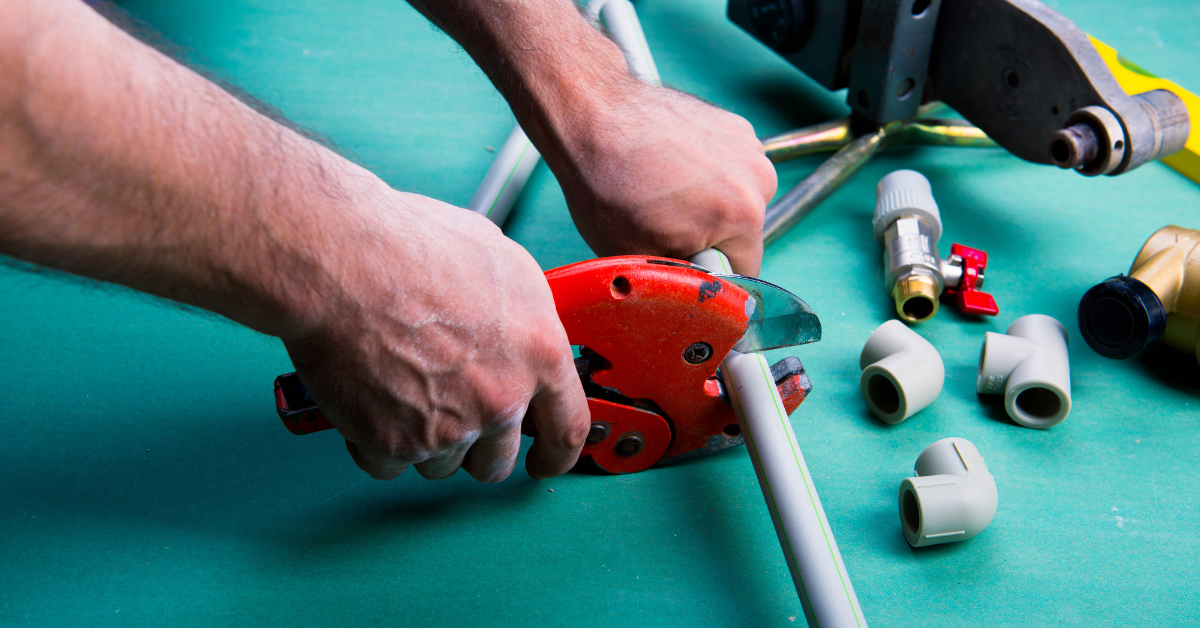
Using some inexpensive PVC piping just at the top area of the fence will help prevent dogs from jumping over the fence. It is an easy and economical option that you would do yourself.
Begin by cutting a length of 5-inch diameter PVC piping and place it along the top edge of the fence. Keep it in place with screws. The PVC pipes will work as an additional barrier and keep your dog from leaping over the fence.
8. Installing and Using Dog Runs
Dog runs are one of the most effective methods for preventing a dog from jumping a fence! Huge pens devoted solely to keeping your dog inside are dog runs. They come in various sizes to suit your backyard and your dog’s requirements.
They are typically composed of chain link fences, and you can construct the edges as high as you want. You can also go low and put a chain-link roof above.
These give your dog a secure, enclosed environment that could also contain a dog house, pet bed, water, and food containers. Moreover, it can be partly covered to provide protection during the summers while acting as a shield during winter.
9. Coyote Rollers
A coyote roller is a 4-foot aluminum roller meant to prevent coyotes from mounting the top of a fence. When a coyote or other animal attempts to climb to the top of a fence, the metal roller spins; the animal then struggles to get a foothold.
Whenever the rollers rotate, they can’t grip on and drop to the bottom safely. The device mentioned above is effective against coyotes and can also work for your dog.
Also, if you want to deter coyotes from simply scaling your chain link fence and harming your dog, this device is a godsend.
10. Last Resort: Dog Tie-Outs

Only employ a dog tie-out if all other options have failed. It’s critical to utilize reliable tangle-resistant gear with any dog tie-out.
Make sure there are no obstacles in the region that might create tangling. Remember, while using a tie-out, don’t ever leave the dog unsupervised.
Bounus Read: 10 Best Dog Harness for Large Dogs that Pull
11. Block Your Dog’s View
Your dog won’t feel left out if they can’t see what’s going on from the other side of the divide. Suppose there are many things on either side of the fence, such as another dog. In that case, it can be a significant temptation for them to climb the fence out of curiosity. If they can’t see anything, though, they’re much less tempted to try to jump over the fence.
The first option is to construct a reed fence. This is a simple and inexpensive technique to limit your dog’s visibility. It won’t entirely conceal visibility, but it will reduce it sufficiently.
Wooden fencing is another costly yet efficient solution. Wooden fencing can completely obstruct visibility and is durable too.
CONCLUSION
Now that you have so many methods to choose from when it comes to preventing your dog from jumping the fence, you shouldn’t have any trouble doing so. Let us know in the comments if you have some innovative solutions of your own that have worked for your pet.
Elena Gherman is a highly skilled and knowledgeable animal care expert. At the start of her career, she gained practical expertise with multiple animals. In addition to that, she works as a DVM veterinary editor for Joy Pet Products, which focuses on offering reliable information on pet health and wellbeing. She meticulously reviews each piece of writing before it is published to make sure pet owners get the most precise and updated information possible.
